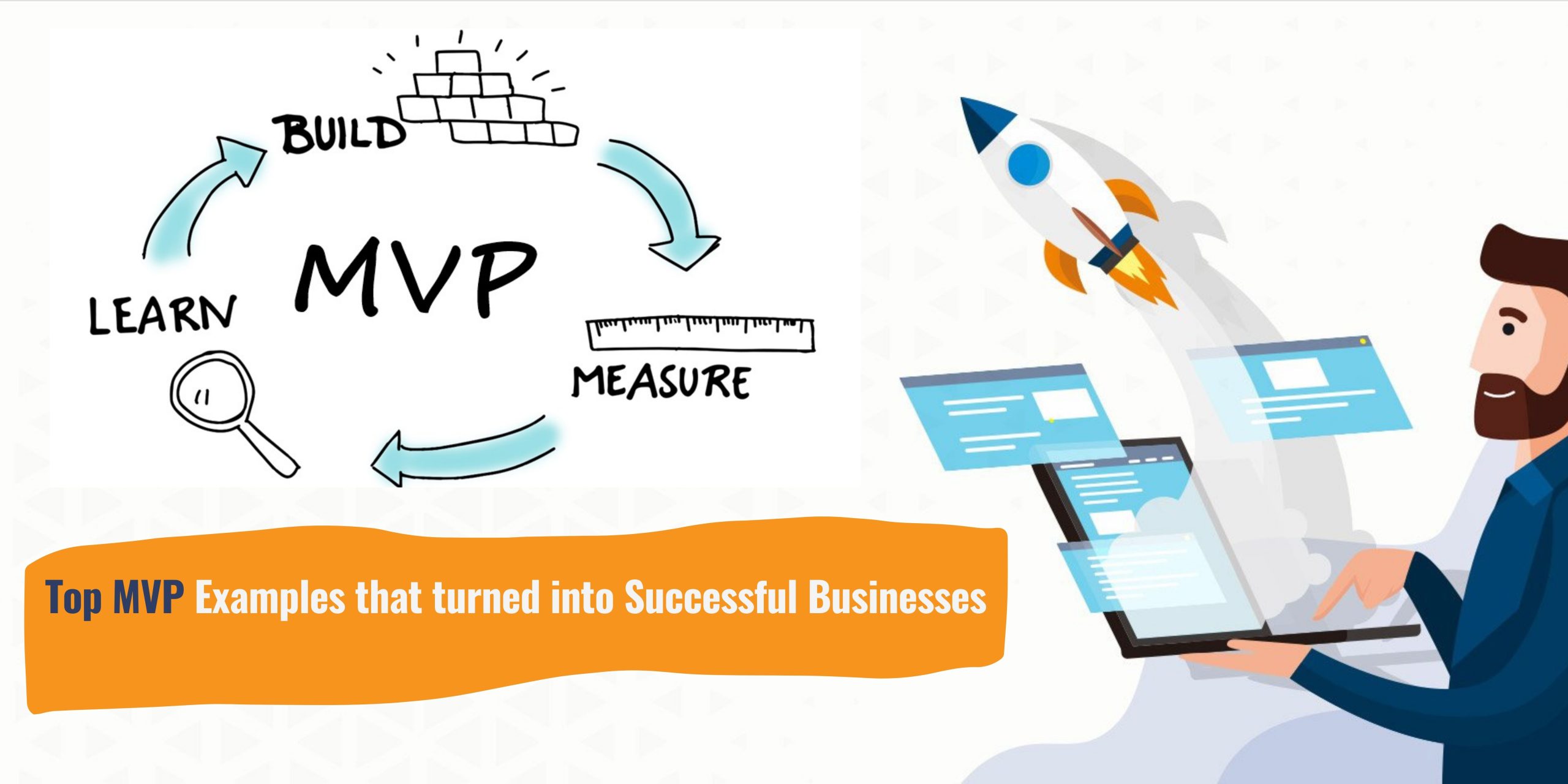An MVP (Minimum Viable Product) is a product development methodology that integrates basic features into a product to meet the early adopters’ requirements. The end product with all the essential features is only designed and built once feedback from the early adopters has been obtained.
The MVP product needs to go through a continual iterations and refinements process until positive feedback is gained from the early users.
MVPs and prototypes are highly essential for the people who play around the software solutions, mobile apps, and websites and thus applied this methodology from the beginning.
Many companies have got influenced by the MVP technique before delivering fully featured end products and some are still in the confusion between MVP vs. Prototype.
In this post, we will dig into some of the companies that are running successful businesses by utilizing Minimum Viable Product (MVP). So let’s get going.
Some well-known Apps that were an MVP
#1. Facebook
Facebook is a giant platform in the social media world and is used by everyone every day. It has started with the MVP development initially and become one of the profitable businesses globally.
It has begun with the college directory website that is developed for the students of Harvard. The website then started spreading out and receiving many signups from the other universities’ students as well.
So it does not matter if you are lacking fancy features compared to similar available products in the market. Just need to focus on the real-life issues and resolve them. Target a certain group of audience and get their feedback to mold your journey.
Source: https://bit.ly/3pMnuLN
#2. Airbnb
The founders were struggling to pay the rent of their accommodation based in San Francisco. So they decided to rent their apartment’s top floor to the visitors. In the MVP, they have placed a renting advertisement on a basic web page with pictures of their house. They got visitors after publishing the ad.
With their idea, they are getting more attention, and to help more people, they have redesigned the whole platform. The founders were not focused on the brand name when they began with the simple website.
At present, Airbnb provides accommodation along with a list of restaurants, events in the cities of their destination, and feedback & ratings.
Discovering a real-life issue and defining the target audience is the initial step that helps you to launch a successful MVP.
Source: https://bit.ly/3IWsQLS
#3. Instagram
The world’s favorite picture-sharing app started as an MVP, and sharing the pictures was certainly not the focus of the app. Instagram was a location-based app. But the users found photo sharing along with photo editing and multiple filters very convenient.
Facebook was also offering photo editing options but, there are some limits. Instagram worked on that gap and made photo sharing, photo liking, and commenting quite easy to operate along with photo filters.
The app’s MVP development aims to launch a product and receive feedback. Then measure it, learn from it, and build accordingly.
Source: https://bit.ly/37vVCFv
#4. Uber
Uber is one of the best examples of the classical MVP model. It is launched with the core essential features and adds better-to-have features in the future versions.
UberCabs was an iPhone app that aids users to connect with cab drivers and let them pay via their debit/credit cards. The MVP version provides only these features on a basic level. After tremendous success, additional features like real-time tracking, price division, in-app wallet, automated payment, cost-estimation, etc. were added in the subsequent versions.
When you are in the initial phase, focus on the core functionalities of the app, but that does not mean you can launch a faulty product. Your MVP should solve the users’ real-life issues along with better usability.
Source: https://bit.ly/3tzw1CS
#5. Dropbox
The founder wanted to offer a service that provides users with a simple yet secure storage solution. From the initial stages, Dropbox adhered to different basic techniques while building an MVP.
One of the key objectives of developing an MVP is to start with the least and grab users’ attention in the early stages. Dropbox has followed the same strategy.
Before delivering the product, they have created a small video that shows how to use it. The video has received plenty of comments and feedback from people. This early customer research helped to assess their product concepts and assure the market demand of the product. According to initial feedback, the team of Dropbox accelerated the development process.
Source: https://bit.ly/3hMtqQH
#6. Twitter
The first Twitter MVP was designed and developed for internal users at Odeo to transmit messages to other team members and see them on a group level.
After performing initial testing, Twitter got released and gained huge success. They saw an increase in tweets and the user base expanded quickly.
Twitter was released initially to a small group of people for testing and receiving feedback. So many features which are integrated into Twitter today were not added in the initial few releases. Twitter has become the second most widely used social networking platform globally followed by Facebook.
Source: https://bit.ly/37dcuRf
#7. Amazon
The founder of Amazon generated a list of some products that could be marketed online such as computer hardware and software, compact discs, books, and videos. Initially, the focus was on bookselling with low prices because of the international demand for literature.
The website was very simple and displayed just books catalogues. On customers’ orders, Amazon purchased it directly from the distributor and shipped it.
With passing years, Amazon started to sell plenty of products, purchased many warehouses, as well as customized websites for every visitor. According to a Forbes report, Amazon is now one of the largest retailers globally.
Source: https://bit.ly/3sUUZgS
Summing Up
Your focus should be to enhance your customers’ satisfaction by simplifying their life with your MVP and prototypes of the product. Come up with an improved MVP to fulfil user needs and stay connected with them to get feedback for the refinement.
You can also blend particular elements that make your MVP successful such as unique concept, appearance, performance, usability, and engagement. So give your best with your Minimum Viable Product.





